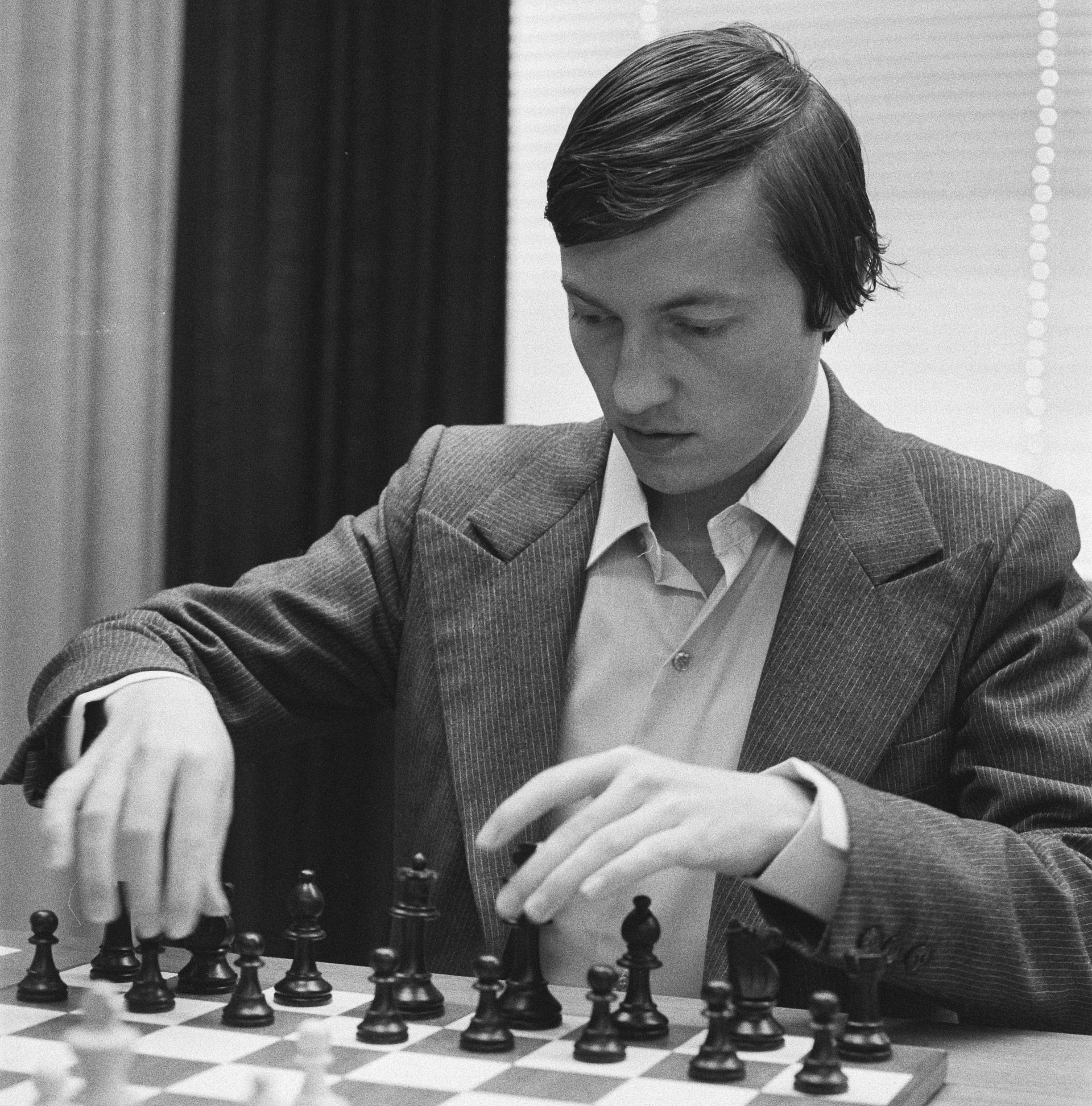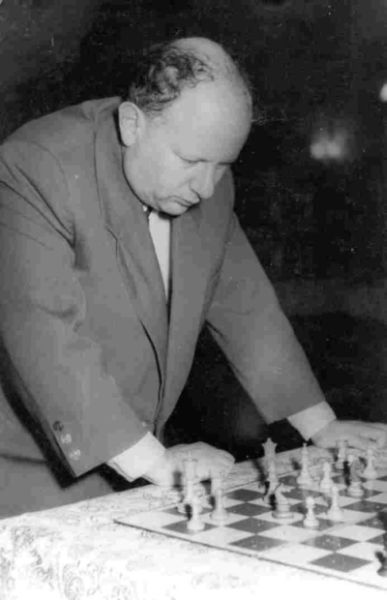
How To Become A Chess Master
For an average beginner, the road to a rating in the range of 1400-1600 is pretty straightforward. Learn as many tactical patterns as possible, get yourself familiar with some basic opening principles, and you are there! Notice, I said that the road is straightforward, but it is not easy at all. Still, if you have desire and determination, it is just a matter of time till you reach this rating level. We already discussed the tools that might help you to achieve this initial goal in this, this and this article.
If you are making a quick progress in chess and your rating raises faster than the price of a bitcoin, congratulations! The good news is, unlike the price of the above-mentioned bitcoin, your rating will never drop to zero. The bad news is, unlike the bitcoin's price, the higher your rating, the more difficult it is to get it higher. I bet you've seen dozens of players in your chess club whose rating permanently stuck somewhere between 1800 and 2000. What should such players do to become a master?
If you attend any big open tournament, you'll see dozens of games opened with the so-called neo London (1.d4 followed by 2.Bf4). It is both funny and sad to see a 1200 player starting his games this way. Ask these players what attracts them to such a sophisticated (I almost used a "b" word, which rhymes with a word "snoring.") opening, and they will proudly answer that it is one of Magnus Carlsen's favorites. Never mind that Carlsen's requirements for any opening that he plays are completely different from what a club player might have in his mind.
Moreover, while the neo-London is a perfectly fine opening, sometimes you can get yourself in trouble by blindly following somebody else's recommendation. A case in point is the following position.
Even if a very strong grandmaster called this position winning for White in a book, it is still a draw. Poor Sam Shankland trusted the book author, and as a result, he resigned in a theoretically drawn position.
One of the most important skills for any chess player is the ability to think critically. You should never accept any statement (including this one) without asking a simple question: "why?" By critically analyzing every single chess variation or a statement made by a strong players, you'll learn to think like them and eventually become one of them!
I would like to share one memorable episode from my childhood where it took years for me to decipher one of Anatoly Karpov's comments that consisted of just three sentences.

In my old article, I already mentioned one of my all-time-favorite chess books. It is a collection of Karpov's best games, which was a part of the famous Soviet "Black Series" about the world's best chess players. The book was translated into English in 1978 as "My Best Games."
You can find the following typical Karpov masterpiece in the book:
In order to understand the depth of Karpov's play, you really need to read his annotations in the book. Here I want to talk about one of them after White's 14th move. Karpov gives the following comment:
"The usual 14.Nd5 Qxd2+ 15.Kxd2 Bxd5 16.Bxd5 gives White a definite spatial advantage. But it is not easy to win this position, if Black plays carefully, refraining from pseudo-active precipitous continuations like 16...b5??. You see, after the exchange of the major pieces, the two bishops versus bishop and knight endgame gives White excellent winning chances thanks to the presence of his opponent's pawn weaknesses on the queenside."
So, Karpov is talking about this variation:
At the age of 10, when I read the book first time, the whole comment was absolutely incomprehensible for me. At that point, I thought that a move deserved a double question mark if it blundered a checkmate or lost at least a minor piece. I just couldn't see why the move 16...b5?? was losing. Again and again, I returned to this comment trying to pick the twelfth world champion's wisdom. It took literally years before I was able to put all the pieces of this jigsaw puzzle together.
Future grandmaster Rustem Dautov, who was the Soviet junior champion at that time, taught me the first lesson. He clearly demonstrated that if Black doesn't play b7-b5, then it is indeed very difficult to win this endgame despite a significant spatial advantage. Black simply has no weaknesses White can attack.
Later I found the following game in an old book about the world championship match Petrosian vs. Spassky. Notice GM Boleslavsky's comment after White's 17th move.
During my game, and especially afterward when I analyzed it with Dautov, who was a big expert on the variation, I learned that had Black played b7-b5 at any point in the endgame, it would have given me good practical chances due to the a2-a4 break. Boleslavsky's comment was just a confirmation of my findings. It is not the b5-pawn that becomes weak after b7-b5, it is the a6-pawn that can get into trouble!

The following game encapsulates the results of my multiyear research. Notice that I played Nc3-d5 only after the move b7-b5 was already played. Then I indeed pushed a2-a4 to break Black's queenside. After that, just as I expected, Black's a6-pawn became very weak. At first it had to move to a5, but eventually all was lost anyway. As a result, White got a passed a4-pawn which decided the game.
It goes without saying that spending years trying to understand the meaning of just one brief Karpov comment is very unusual, but try the following exercise. Find a very good game played by a great player with his own annotations. Then try to understand every single comment. If the player says "White is better," ask yourself, "Why is White is better?". If he says the f4-square becomes weak, try to explain why it is weak to an imaginary student. If you leave no stones unturned in such a game, then you really learned something from it, and then you are on the way to your master title!






